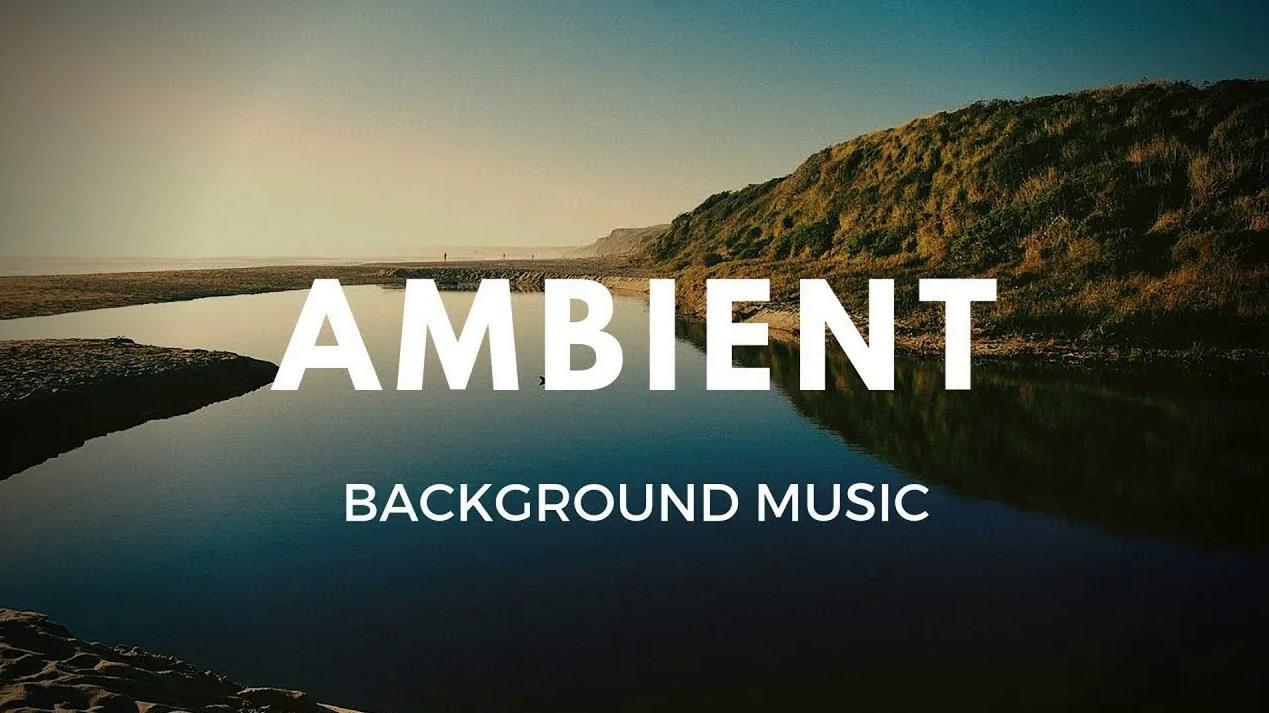How to start a music label

Dreaming of a career in the music industry but don’t have great musical talent? Or perhaps you are a musician looking to take control of your creative path? One way to realize these aspirations is to launch your own music label. Don’t rush to consider this an unattainable dream!
In this text, we will look at the steps you need to take to achieve this dream, so you can decide if you are ready to dedicate yourself to achieving success in the music industry by starting your own label.
Music labels play a key role in the production, recording and distribution of music. They select performers for cooperation, enter into contracts with them and promote them using a variety of methods adapted to specific conditions and agreements.
Sources of income for labels include album sales, track downloads, performance and tour income, streaming, concert activities, endorsement deals and more. Most offer artists a full range of services, covering everything from recording and licensing to marketing and PR, often working on a 360-degree model.
Three giants stand out on the world music scene: Warner Music Group, Sony Corporation and Universal Music Group, and behind them is Walt Disney Record, recognized as the largest independent music label in the United States.
Major labels control music content, the media presence of artists and build a loyal audience around them. Thousands of people recognize and appreciate the music released under the Warner Music Group umbrella, making it a brand in its own right.
What skills, experience and education are needed to start your own label?
To launch your own music label, specialized education is not a prerequisite, but it is important to have a range of competencies and experience in certain areas. Below are the key requirements:
- Immersion in the music business: must have in-depth knowledge of how the industry works;
- Understanding of musical genresм
- Organizational skills: Effective label management requires the ability to manage multiple projects simultaneously, especially as the business grows and develops;
- Managerial experience: the successful functioning of a label requires the presence of qualified personnel, which in turn requires the ability to select, train and manage a team;
- Fundamentals of Law: Knowledge of legal aspects is important for managing financial issues, negotiating contracts with artists and resolving other industry issues;
- Marketing Knowledge: While it is not necessary to be personally involved in marketing campaigns, having marketing knowledge is critical to evaluating up-and-coming artists, effectively distributing products, and developing marketing strategies.
8 steps to start your own music label
In this article we discuss the process of launching an indie label, that is, a music label that operates independently of large record corporations such as Universal or Sony.
Step 1. Select music type
Many successful examples prove that for an indie label, the key to success is to specialize in a specific genre of music.
Choosing the type of music your label will support is critical. To break into the music market, a label must have a clear identity.
For example, if your goal is to promote pop artists, then it doesn’t make sense to work with rock bands. And if you are focused on finding and developing artists in the genre of heavy music and believe in the growth of the popularity of this style in the coming years, then your focus should be on these artists.
Step 2. Choosing a name and creating a brand: how much money do you need?
Choosing a unique and compelling label name is just as critical as choosing an artist name. It should be easily recognizable, sonorous and sinking into the soul.
Creating a unique style for your label is key. It determines how a wide audience will perceive your performers and the label itself.
A logo is an integral part of your brand; it makes your label recognizable in the music world and even beyond. Logo and brand development can cost from several tens of thousands to millions of rubles, depending on the initial budget and the qualifications of the specialists you decide to contact.
Step 3. Search for artists – A&R + who does what in the label?
One of the key missions of a record label is to sensitively capture audience preferences and analyze music market trends in order to find and sign contracts with talented performers. In addition, the label assumes responsibilities for cooperation with composers and lyricists, organizing the recording of albums and tracks, as well as interaction with the media.
At the center of this process is the figure of the artist and repertoire manager (A&R manager). This specialist searches for new artists with potential for success, and also negotiates with already well-known artists to attract them to the label.
Previously, A&R managers actively attended live performances and music events in search of talent, expanding their network within the industry. However, in the digital age, their working methods have evolved and much of their talent acquisition is now done online. The main weapon of such specialists is intuition and the ability to see in the future the future stars among aspiring musicians.
Types of contracts that music labels enter into:
- Traditional cooperation model: the label takes on large financial investments in the marketing and promotion of the artist, covering a significant part of the costs. Typically, the label’s share in this case reaches 80%;
- In this approach, the label also finances the production costs of the recording;
- Self-recording or indie label model: based on the Do It Yourself (DIY) principle, where the label handles promotion and distribution and the artist handles music creation;
- 360-degree deal: The label gets a cut of all the artist’s income, including tours, merch sales, fan clubs, appearances and endorsement deals. Variations of this model suggest that the more effort the label puts into the work, the higher its share and the lower the royalty for the artist;
- Singles deals: Based solely on the rights to a single track. All other creativity remains with the artist;
- Album Deals: Provide financing and promotion for one album only.
What other employees does the label need?
- The finance manager or accountant is the key person in control of the label’s finances. In small or start-up labels, these responsibilities are often the responsibility of the manager or owner, if he has the necessary knowledge;
- Legal Advisor – responsible for the legally correct execution of agreements with artists and contractors, as well as for resolving legal issues;
- Marketing department – often combines the functions of a marketer, a social media specialist (SMM) and a designer. This team is responsible for promoting not only the label as a whole, but also its artists;
- A&R managers (Artist and Repertoire) – specialize in finding and concluding contracts with new performers;
- PR department – carries out interaction between the label’s artists and the media;
- Large music labels tend to have more complex structures with multiple departments and specialized roles.
Step 4. How will your label make money?
At this stage, the key point is to determine the legal form and financial planning.
The choice of ownership form depends on your preferences: individual entrepreneurs or LLCs offer different approaches to management and responsibility.
Label revenues can vary significantly depending on the fame and success of the artists they sign. It is often difficult for newcomers to the industry to expect large incomes at the start. Some startups focus on providing highly specialized services, such as marketing, PR or speaking engagements, to gain experience and build a network.
Major sources of income include streaming, concert activities, track licensing and advertising agreements. By working in a niche, labels can also make money from specific services.
For example, Black Star is known for its success in creating stars from no-names using the Western production model, offering a full range of turnkey services.
A common operating model is the 360 model, where the label interacts with all aspects of an artist’s career, from promotion to event management. There are other models, such as singles or album contracts.
With the 360 model, the musician receives an advance and is freed from financial worries to focus on creativity. The label can earn up to 80-85% of the artist’s income.
Publishing agreements mean that the artist manages many aspects of their career independently, while the label is responsible for PR and promotion. If the artist’s popularity grows, the terms of cooperation may be revised to better focus the artist on his work.
How can a music label make money?
Black Star’s experience demonstrates that the earning potential in the music business is enormous. In 2017, the total revenue of this group of companies exceeded 1 billion rubles, thanks to a variety of business areas, including:
- Marketing Communications Agency;
- Software development for the music industry;
- Network of barbershops and tattoo parlors;
- Football agency;
- A video game company;
- Virtual mobile operator.
In recent years, revenue sources in the music industry have shifted from live concerts to online performances, streaming, advertising collaborations and social media.
Only clothing under the BS brand brought in income of 32 million rubles in 2015, and income from the burger chain in 2017 reached approximately 20 million rubles.
Musical activities also turned out to be profitable: the label’s concert activities in 2017 brought in about 130 million rubles. In addition, Black Star receives income from streaming services and the sale of music licenses. A unique way of monetization was the sale of rights to participate in music videos, which attracted significant amounts of money from those interested.
The amount of a label’s income is directly related to the popularity of its artists, their activity on concert venues and other media platforms. Profits can range from small amounts in the early stages to huge profits when working with top artists.
Step 5. Select a service
The newly formed music label has the opportunity to bring its compositions to listeners through such streaming services as Spotify, SoundCloud, Boom, Apple Music, YouTube Music and others. Despite the importance of streaming in the modern industry, it is not the only promotion channel. Focusing solely on streaming can limit the ability to distribute music and develop artists.
Distributors play an important role in the widespread distribution of digital music. These organizations act as a liaison between artists and streaming platforms, distributing music content on behalf of the artists.
There are many such distributors, and although the results of their work are generally similar, they may differ in the features of the services provided, the terms of cooperation and the payment procedure.
List of main services:
TuneCore
Allows artists to keep 100% of the revenue from their tracks by charging an annual fee per single or album. Costs for the service increase in proportion to the amount of music downloaded.
DistroKid
Offers a subscription for $19.99 per year, allowing downloads of an unlimited number of tracks and promising 100% royalties from streaming services. However, without paying for the subscription, all music will be deleted. The ability to automatically distribute royalties makes the service attractive to labels and artists who actively work with royalties.
CD Baby
Charges a one-time distribution fee for a track ($9.95) or album ($29), sending them to all key platforms without a time limit, and keeps 9% of the revenue. The service also offers physical production of CDs and vinyls with the possibility of their distribution.
Landr
It specializes in mastering tracks with distribution included in the subscription price, which is especially important for artists who need professional processing of their music.
Amuse
It stands out among other services by offering free distribution and the opportunity to retain all profits by working on the model of a music label, and not just a distributor.
There are other platforms such as AWAL, Stem, BandCamp, Multiza, Record Union, ReverbNation that provide indispensable services for distributing music through various channels.
Step 6. Determining options for working with performers
Strive for a collaboration that will provide mutual benefit to you and the artist, and proceed with a win-win approach. What are the key points to discuss with the artist?
- Are there plans to provide an advance to the artist?
- How will the costs of recording tracks and producing them be distributed?
- What will be the method of profit division?
- Contract time;
- Other relevant aspects that are important to your interaction model.
Step 7: Marketing Plan
In addition to promoting the artists under your wing, it is also extremely important to actively work on the recognition of the label itself. This includes managing social media, running PR campaigns, collaborating with other labels and artists, and planning budgets for these purposes.
Why does a label need a marketing plan? To successfully promote the music of their artists, gain popularity among fans and establish themselves as an iconic name in the music arena.
From a business perspective, a marketing plan is necessary to coordinate all marketing efforts and partnerships aimed at increasing exposure and profits. This is only possible with a deep understanding of the market and audience needs, and avoiding using outdated methods or collaborating with artists whose music does not correspond to current trends.
A marketing plan is especially important when seeking investment, as it allows potential investors to clearly demonstrate the planned activities, expected results and projected time frame for return on investment in the label.
Main components of a marketing plan:
- Clarifying your label’s mission, such as distributing a specific genre of music;
- Conducting a SWOT analysis to accurately understand the initial conditions of your label in the context of the music market;
- Formulating goals and developing strategies that will determine the direction of your actions;
- Setting objectives and developing an action plan based on established goals and choosing the optimal tools to achieve them;
- Creating a plan that will describe in detail all tasks, goals and methods of their implementation;
- Development of a financial plan, including income, expenses and expected profit, as well as forecasting these indicators.
Step 8: Hiring or Outsourcing?
When you first start out in the music industry, you’ll likely be reliant on your own strengths and resources. This requires a willingness to learn and develop a variety of skills. However, it is impossible to master all areas at a high level, so it is worth considering outsourcing functions such as accounting in the early stages. As your label grows, the number of artists and projects will increase, and you will need to attract professionals in certain areas. It is important to understand in advance what specializations and competencies you will need.
Creating your own label is a significant and responsible step. You need to be confident in your abilities and understand that success will require acquiring new knowledge, developing skills and expanding your circle of professional contacts.










